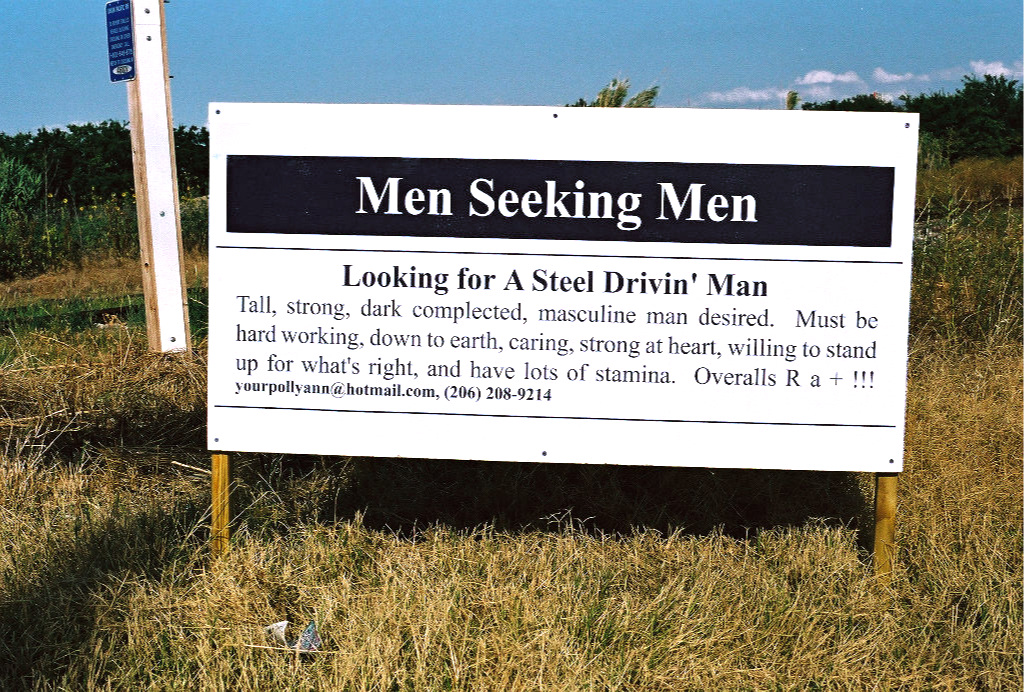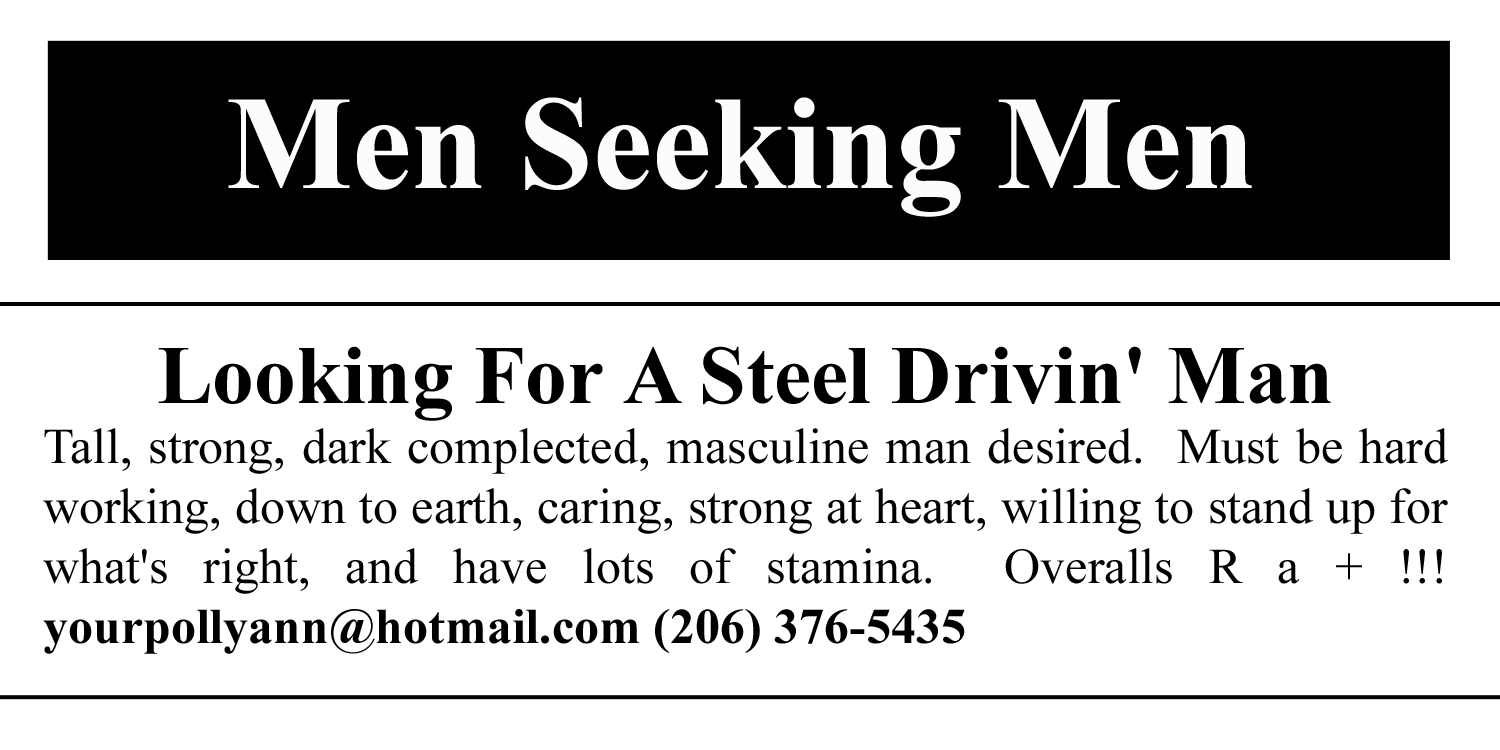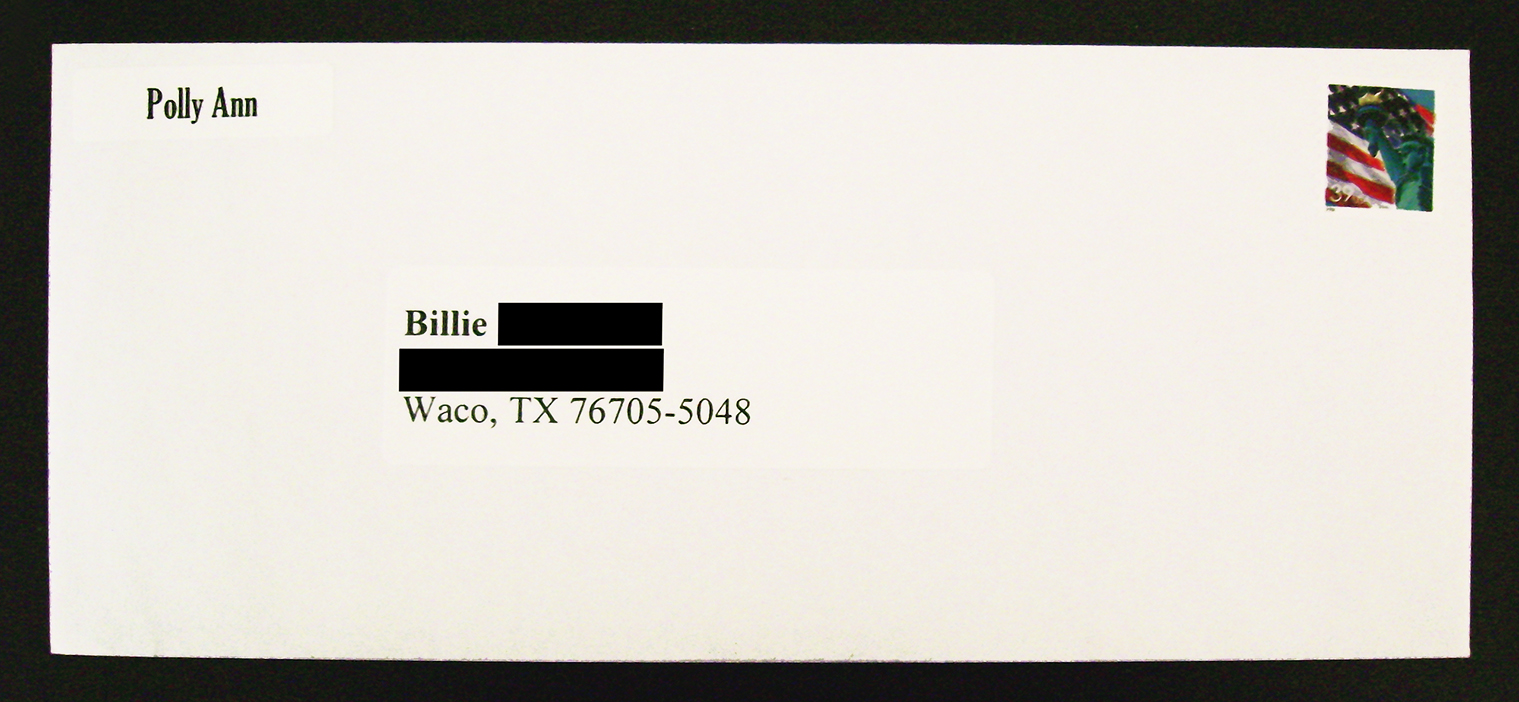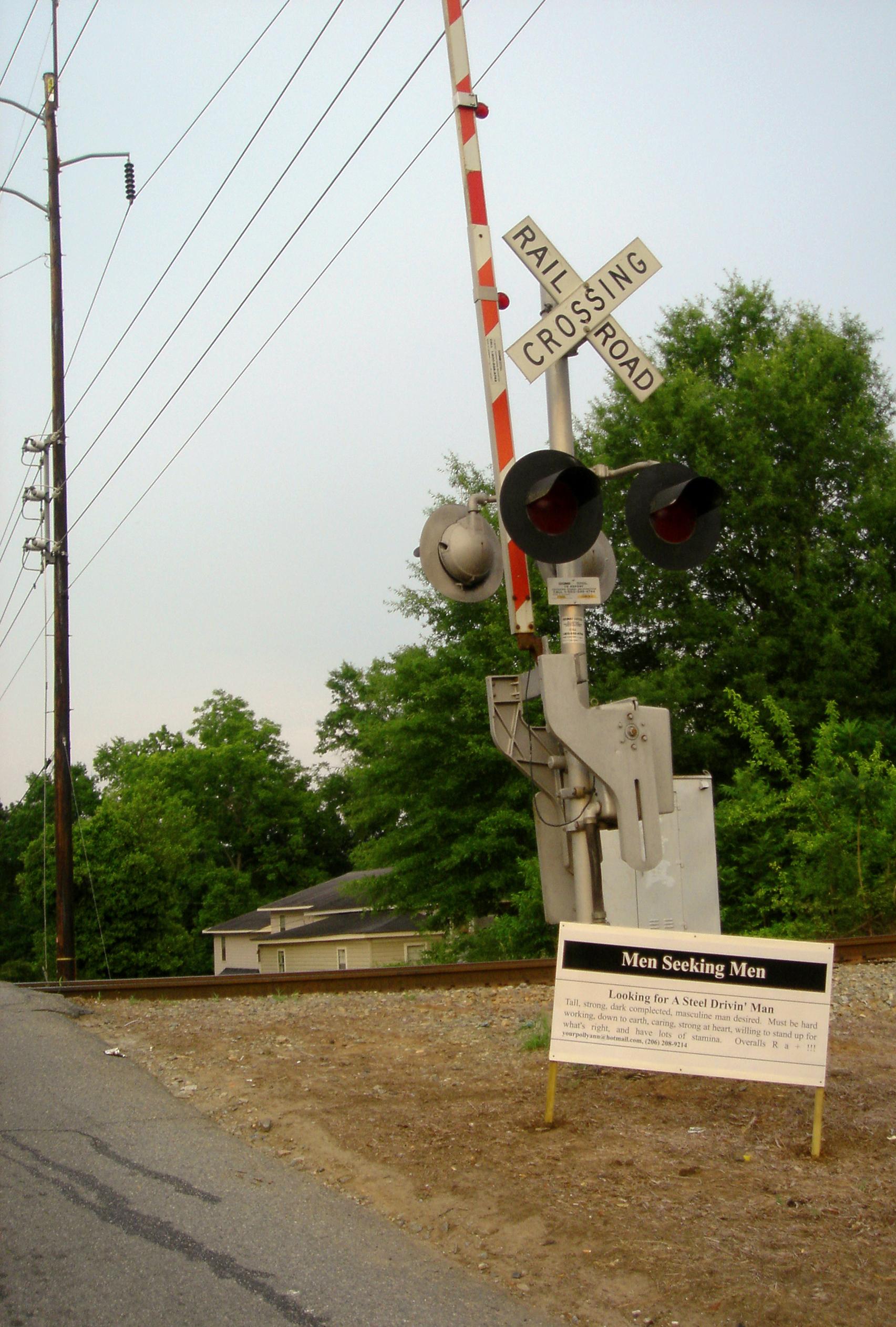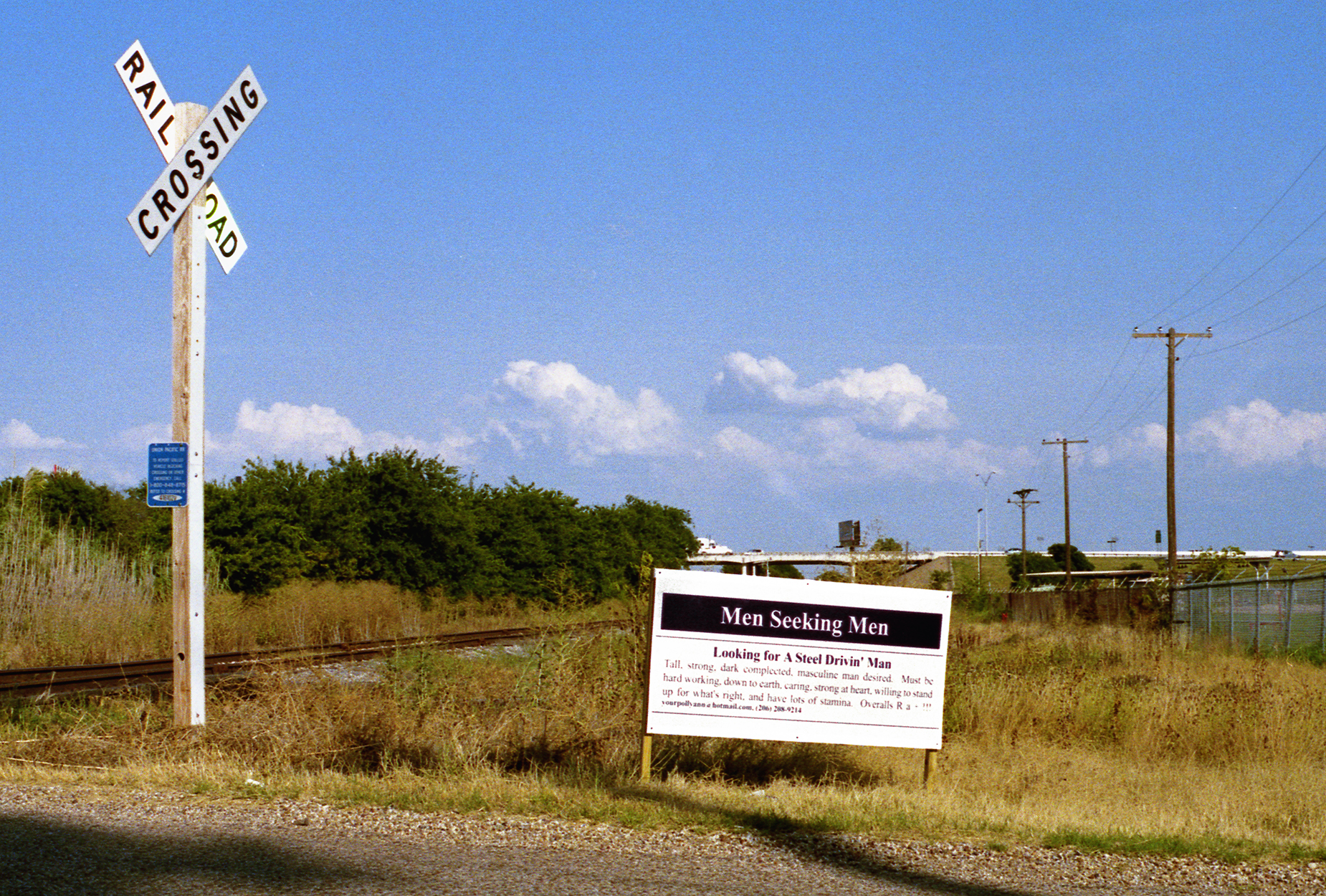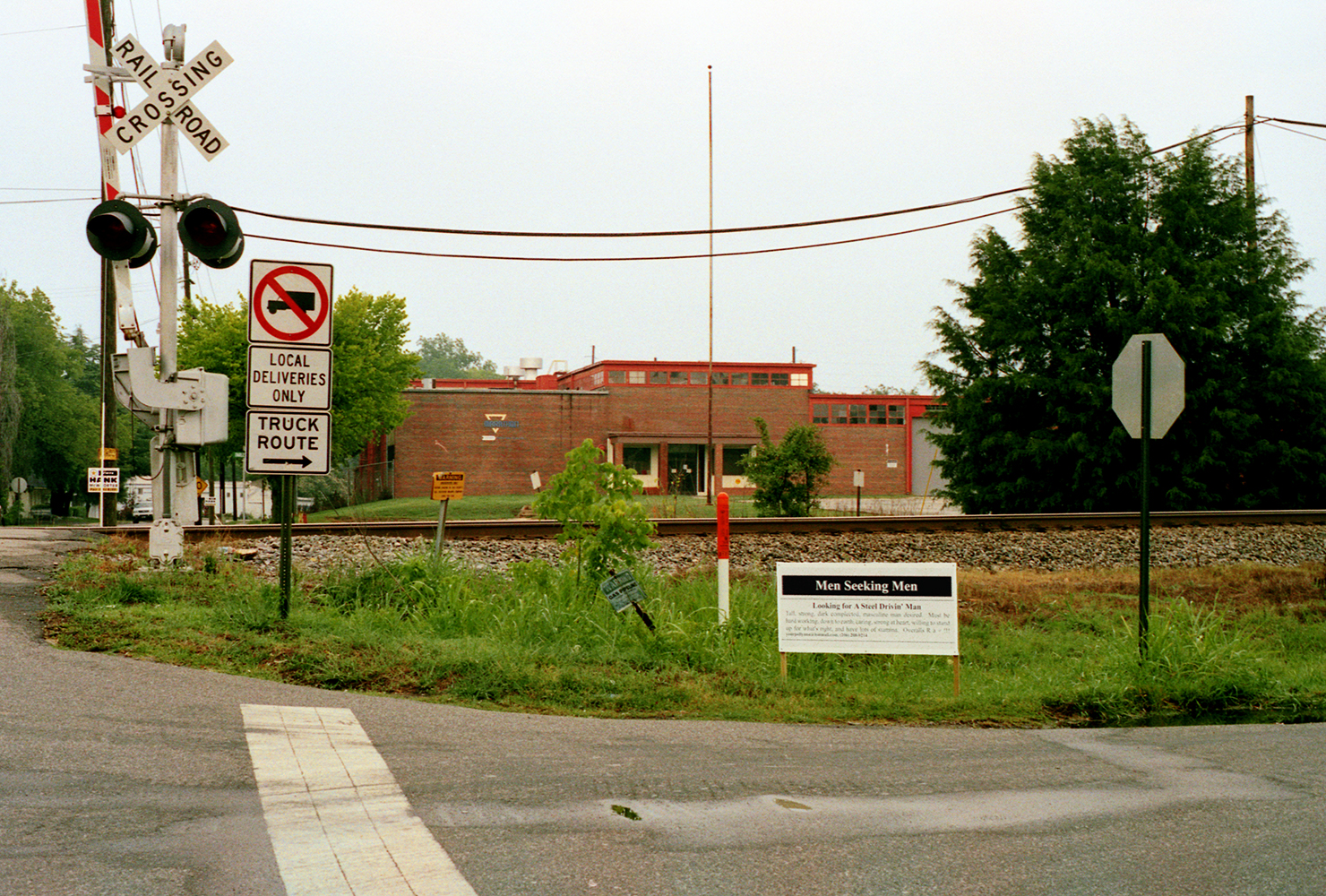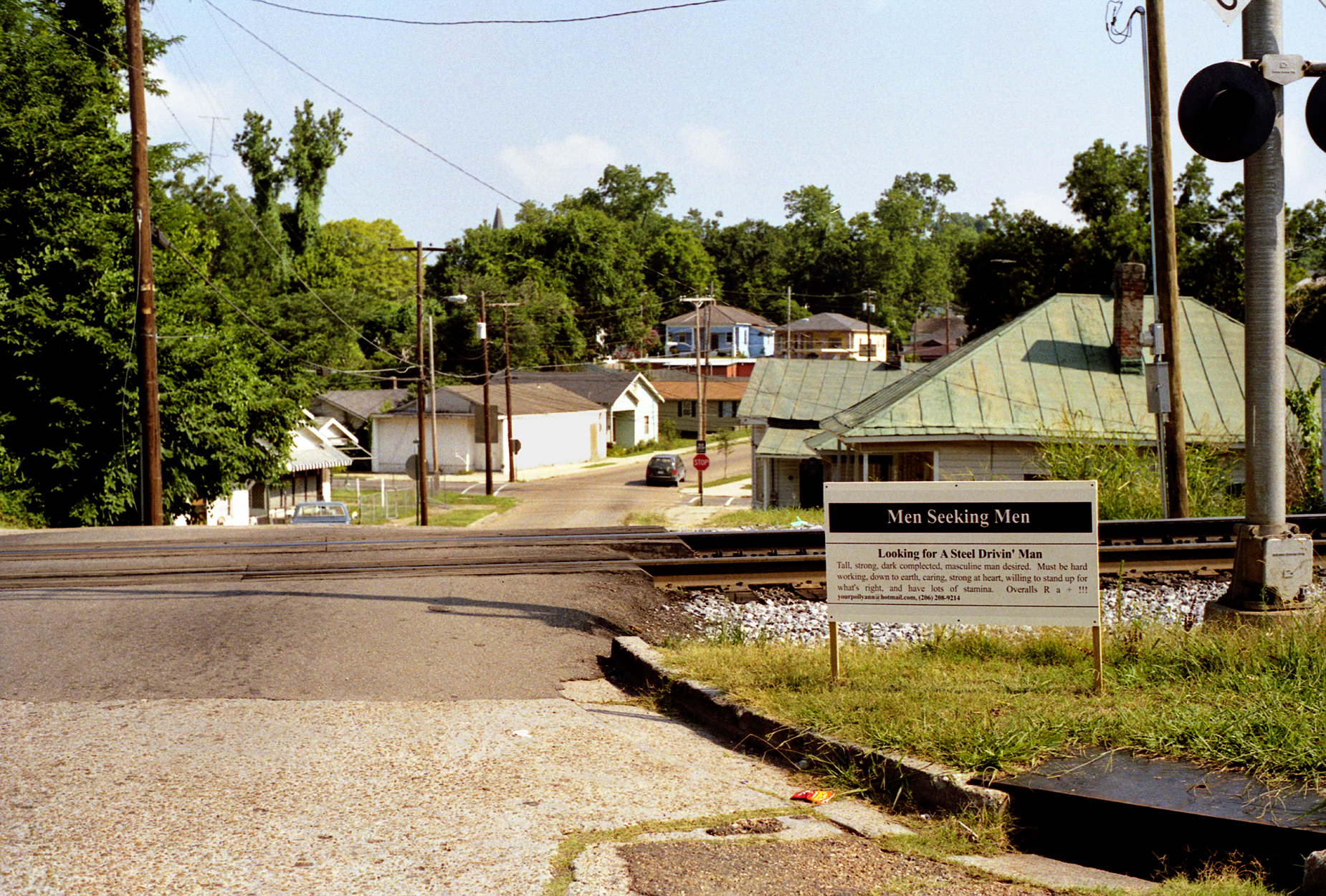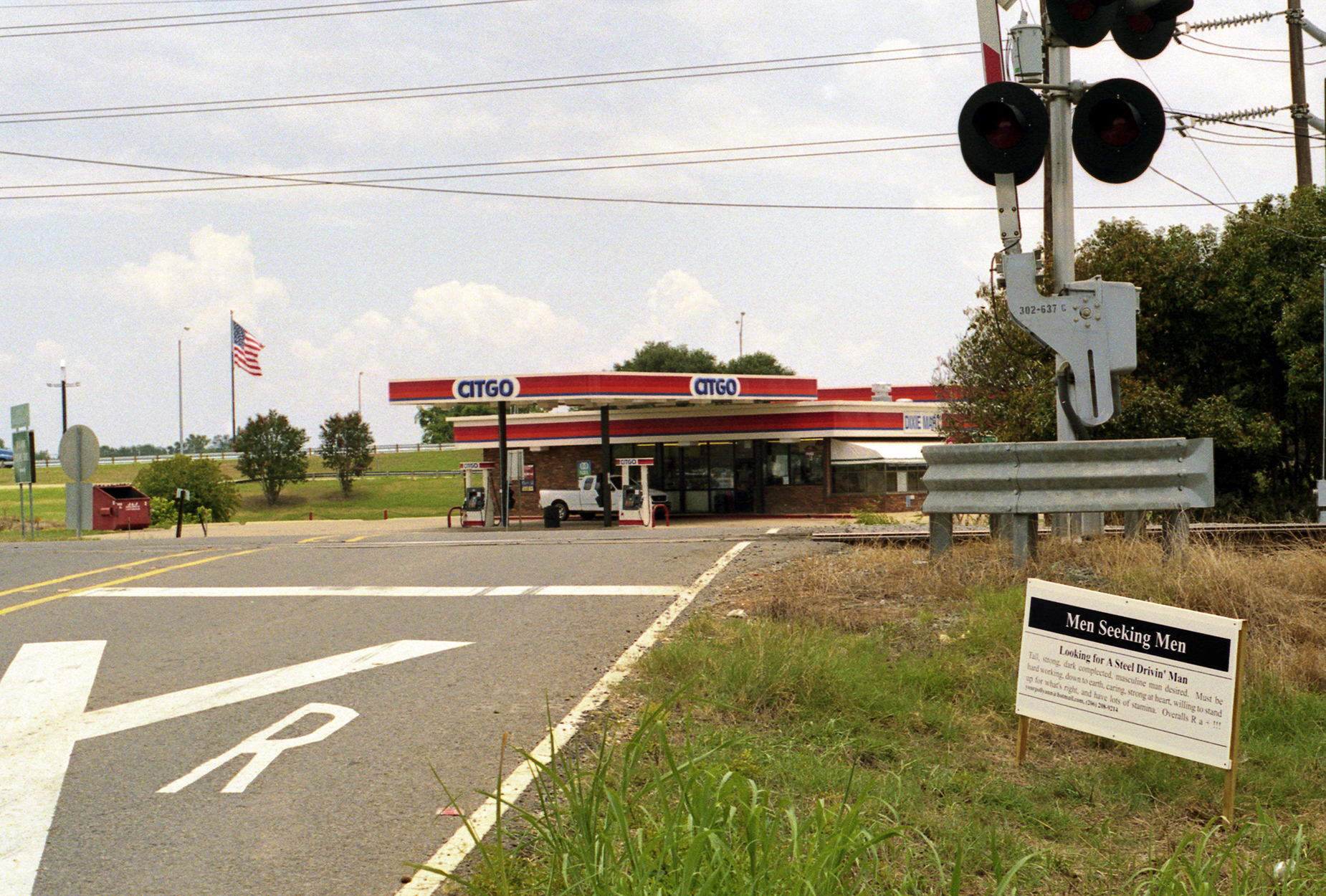Take Out Your Hammers and Loosen Their Belts
Bumper Stickers, Yard Signs, Photographs, Voice and Email Messages
3.5" x 8.75"; 24" x 48"
2006
The legend of John Henry is one of the great American folk tales. It tells of a late nineteenth-century railroad worker who reputedly challenged a steam-drill to a contest, won, and subsequently died of fatigue. To explain its enduring power, we might look towards a variety of popular fixations about class and race, masculinity and sexuality. The story’s appeal arose, in part, from the fact that John Henry was a member of the proletariat and an ex-slave. By defeating the machine he claimed a victory for the “steel drivin’ men” whose labor fueled the reconstruction of the new South, and whose job security was constantly being threatened by rapid industrial growth. He was a man of giant proportions who quite literally swung his hammer at the establishment. In death, John Henry has joined a pantheon of classic American folk heroes that also includes Johnny Appleseed, Pecos Bill, and Paul Bunyan. Of this fraternity, John Henry is by far the most virile, and the legend insures that the sexualized dimensions of his mythic body will never be laid to rest.
Ironically, we have little sense of what John Henry actually looked like. We know that he was the ideal man - invariably depicted as tall, dark, muscular, sweaty, donning nothing but overalls and work boots. But the fact that he is only ever presented from behind insures that his identity is always obscured. As mystery fuels the myth and myth fuels the mystery, images of John Henry continue to exact their extraordinary hold on the popular American imagination.
“Take Out Your Hammers and Loosen Their Belts” is the first in a series of works that uses the legend of John Henry as a point of departure to explore issues of masculinity and sexuality. I began the project when I was leaving rural Georgia, where I had lived and taught for two years. It arose as a reaction in part, to the visual landscape of the Bible Belt. This is a part of the country where it is as likely for a yard sign to broadcast the Ten Commandments as it is for it to advertise a new house on the market, or the availability of roadside edibles. Confederate flags are still ubiquitous as well: one can spot them on predictable places such as porches, bumper stickers, vanity plates and t-shirts. One can also see them employed in all kinds of ingenious ways: to function, for instance, as makeshift window treatments. Occasionally, the flags are accompanied by slogans, varying from the relatively straightforward “Proud To Be A Bubba” to the slightly more inexplicable “Heritage Not Hatred”. In a place where God’s word is a necessary currency, you will also find that little fish logo (a symbol for Jesus) popping up everywhere: on cars, storefronts and billboards among other places. One of my personal favorites was its use on a huge billboard for a pest control company located on the main drag in the town I worked in – Milledgeville, population 20,000. Feel free to interpret.
The rural south I saw before me was fertile ground for the implantation of visual icons. Drop one in and chances are the ecology will sustain it. Visual vibrancy of course is no guarantee of ideological balance. Homosexuality for instance was glaringly absent. Taking note, I decided to plant my own seed.
The concept for this piece had been incubating for a while, but it was not until I knew that I was moving to the West Coast by car that I realized/resolved how it would manifest itself. With this long drive ahead of me, I was confronted with the full potential of my idea and decided to create a series of yard signs that could be installed throughout small towns in which I would pass on my westward journey traversing the Bible Belt.
In the first phase of the project, I installed four-foot by two-foot yard signs that were fabricated to look like a giant personal ad. I took as my prototype what one might find in the classified section of a newspaper under the heading “Men Seeking Men”. My signs/ad stated that a man is seeking another man, therein described as John Henry.
In June of 2006, signs were strategically placed at railroad crossings where they would be visible to road-traffic, railway-workers and passengers and passers-bye of every stripe. They would function in addition as beacons to John Henry’s countless ghosts. Signs were installed in: multiple locations in Milledgeville, Georgia, Leeds, Alabama (next to an American Legion), Vicksburg, Mississippi (next to a Masonic temple), Boiser City, Louisiana (outside an army reserve base) and in Waco, Texas (in the middle of what appeared to be nowhere).
The purpose of the signs project is to initiate a dialogue on homosexuality in the Deep South. The ad contains an active email and voicemail account which enables me to track responses (positive or negative) and display them on my web site for viewing. In the end, the work enables a census of sorts, of popular attitudes. It is only a snapshot of course, but a revealing one of a town’s prevailing attitudes and desires.
Of course, by placing the signs up in places such as these, I was incurring the risk that they would be taken down at the earliest opportunity: removed, stolen, or destroyed. I stopped receiving responses three days after their original installation, but did not see this as a reason to give up. In the second stage of the campaign, my medium of choice was the bumper sticker. As before, I have taken my cue from the practices of religious organizations, from whom I frequently received mail asking me to join their congregations, make donations or buy a prayer rug. In November of 2006, I began to send my John Henry stickers to randomly chosen addresses throughout the Bible Belt. I provided no explanation or indication of organizational affiliation - just a return address from Polly Ann (John Henry’s wife). The spam-mailing has its own unique benefits. In this new format, the “enemy” can easily arrive at peoples’ doors, unsuspectingly enter their homes, and trigger a number of possible reactions: a laugh, an argument, discussion or moment of contemplation.
